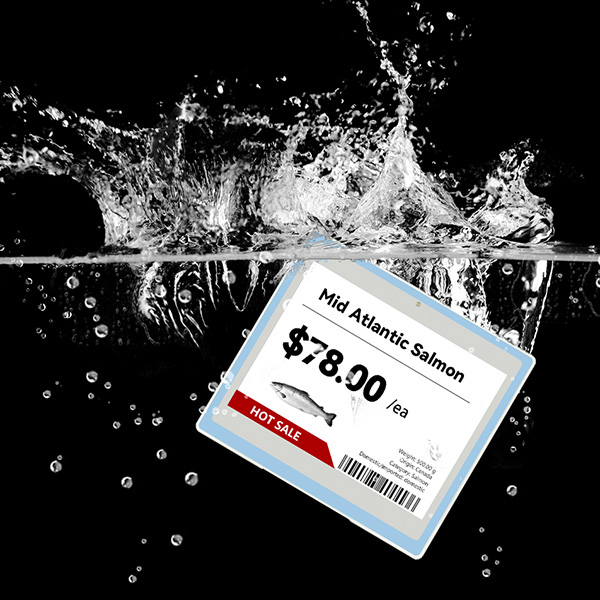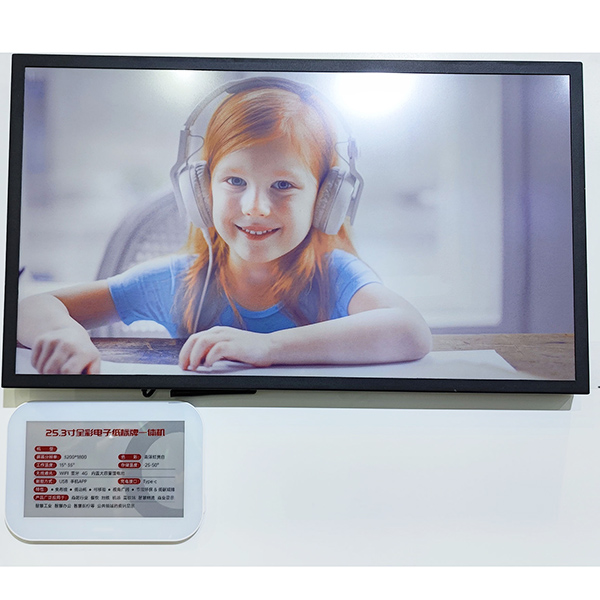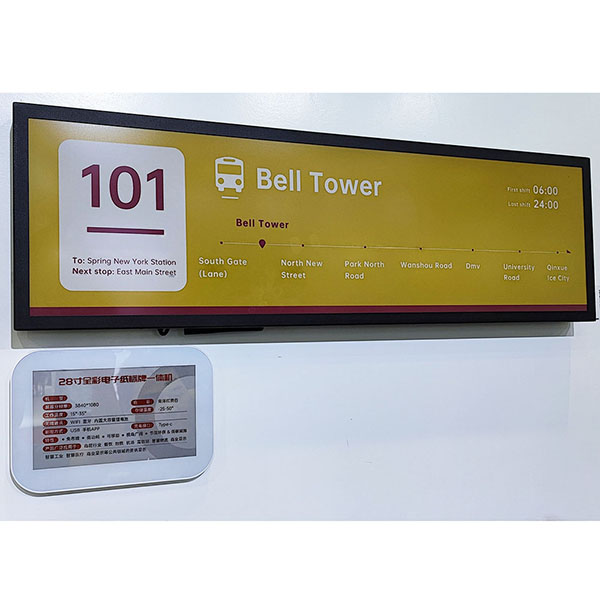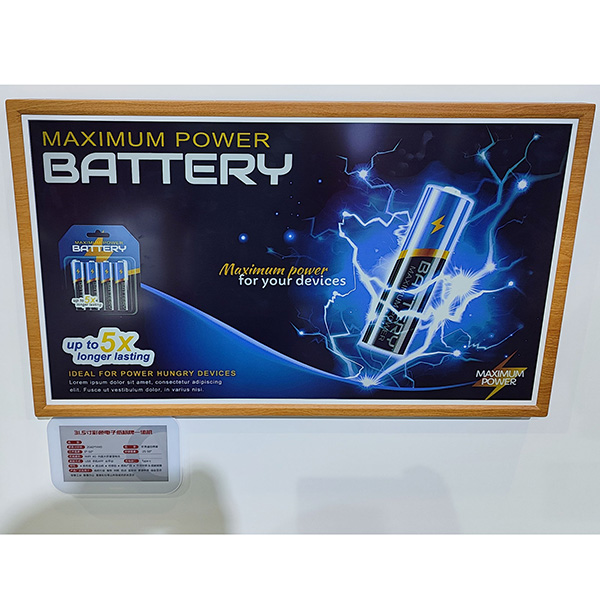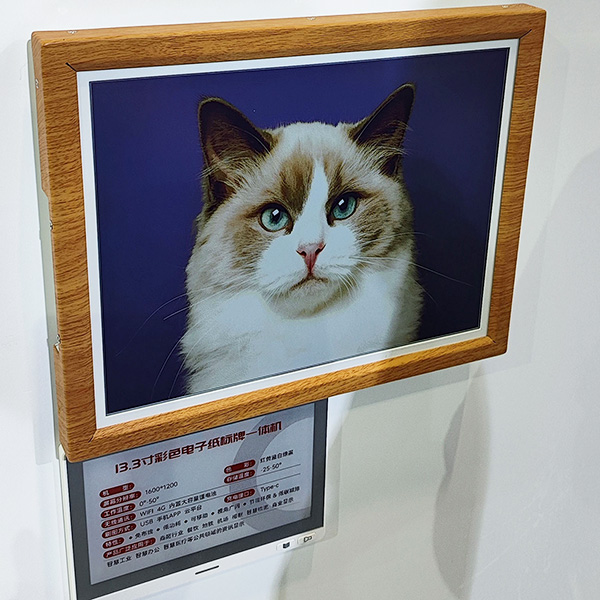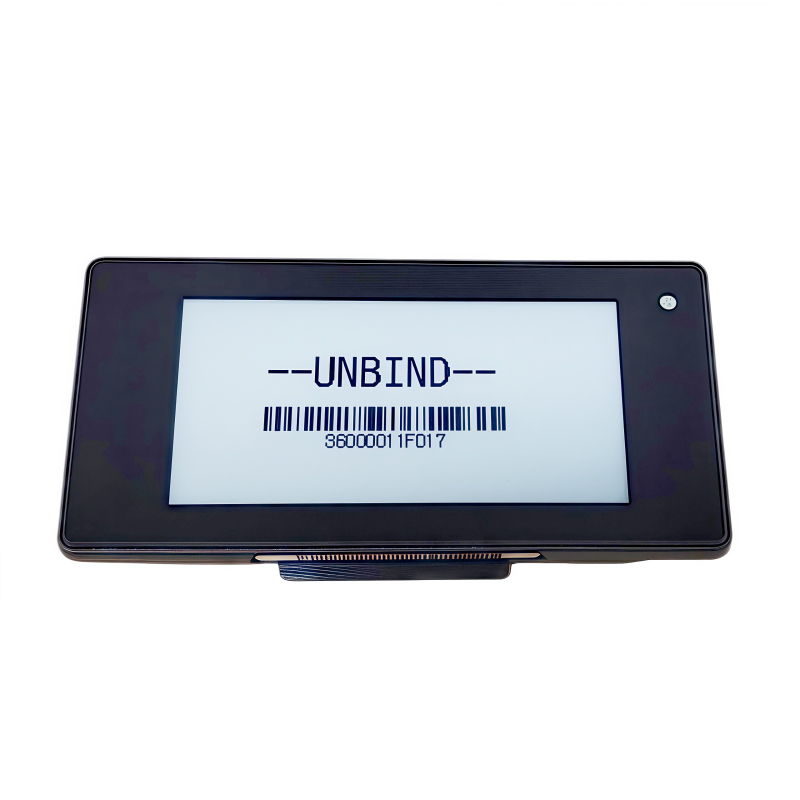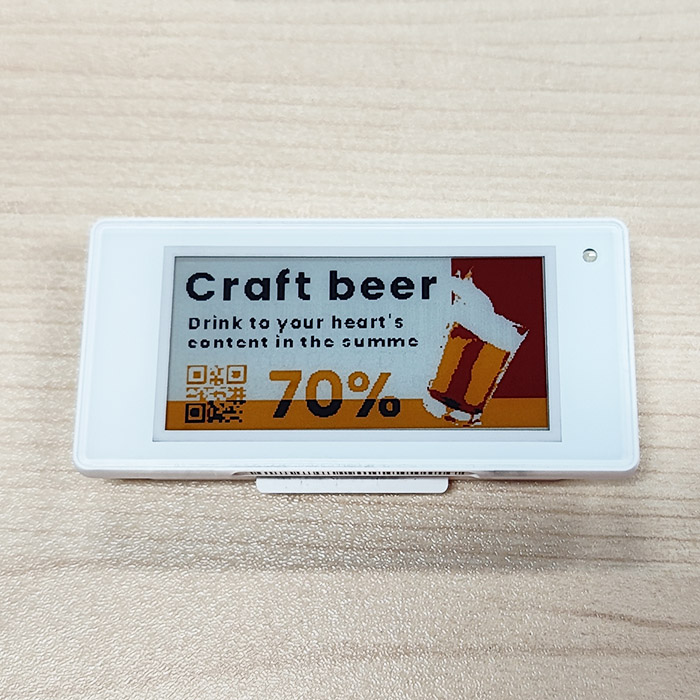Introduction: The Retail Battlefield of Digital Signage and the AI Revolution
According to Google Trends analysis, search volumes for keywords such as “AI digital signage,” “retail conversion rate improvement,” and “dynamic content generation” have increased by 210% year-over-year, reflecting the industry's urgent demand for intelligent content strategies. Statista reports that the global digital signage market is projected to surpass $35 billion by 2025, with retail environments contributing over 40% of the revenue. This article provides an empirical analysis of how AI-driven content innovation—focusing on five core aspects: interactivity, dynamic updates, visual design, contextual adaptation, and data analytics—can significantly enhance sales conversions.
1. Interactivity: From One-Way Broadcasting to Deep User Engagement
AI-powered interactivity transforms digital signage from a passive display into an engaging experience. For example, Walmart has deployed interactive touchscreens in its fresh produce section, allowing customers to check product traceability and participate in a “recipe recommendation” game—resulting in a 27% increase in conversion rates (Nielsen case study).
AI Empowerment: Computer vision detects customer dwell time and dynamically pushes personalized interactive content (e.g., AR fitting rooms, virtual shelves).
Industry Trends: In Google’s search trend analysis for “interactive digital signage,” related searches like “AR makeup try-on” and “self-checkout screens” rank among the top five, underscoring consumers' growing preference for interactive experiences.
2. Dynamic Updates: Real-Time Data for Content Precision
Dynamic updates are a core AI advantage. For instance, 7-Eleven utilizes weather APIs to automatically switch promotional content between cold and hot beverages, leading to a 19% increase in summer ice cream sales (IBM Research Institute data).
Technical Framework: AI-powered content hubs integrate foot traffic analysis, inventory data, and social media trends to generate real-time content templates.
Competitive Comparison: Traditional digital signage relies on manual scheduling (taking 3-5 days), whereas AI-driven updates improve efficiency by 70% (Forrester report).
3. Visual Design: AI-Generated High-Conversion Visual Elements
Google Trends data on “digital signage visual design” highlights “dynamic typography” and “color psychology” as popular long-tail keywords. Watsons leveraged AI tools to create “dynamic promotional countdowns + gradient color effects,” increasing customer dwell time by 43%.
AI Innovations: Tools like MidJourney automatically align with brand VI (Visual Identity) and generate high-definition videos and 3D animations, reducing labor costs by 60%.
Data Validation: An MIT study found that dynamic visual design has 3.8 times higher click-through rates than static posters.
4. Contextual Adaptation: From One-Size-Fits-All to Precision Marketing
Contextual adaptation is key to boosting conversion rates. Carrefour implemented AI-powered signage in its dairy section, displaying breakfast bundle promotions in the morning and family meal deals in the evening—resulting in a 22% sales increase for related products.
AI Logic: Content dynamically shifts based on LBS (location-based services), time of day, and customer demographics (e.g., families with children).
Industry Insights: According to Kantar, contextualized content increases promotional message acceptance by 58%. Digital Signage
5. Data Analytics: The Core Engine for ROI Optimization
Data analytics determines the efficiency of content strategy iterations. Uniqlo’s AI-driven heatmap analysis revealed that the combination of “discount labels + model images” had the highest conversion rate. This template was subsequently rolled out to global stores, resulting in a 14% increase in quarterly sales.
Technical Tools: AI dashboards track real-time conversion rate, interaction levels, and average transaction values, generating automatic optimization suggestions.
Expert Opinions: Gartner predicts that by 2024, “70% of retail signage decisions will rely on AI-powered predictive models.”
Conclusion: The AI-Powered Content Revolution and Future Trends
Empirical data shows that retailers implementing interactivity, dynamic updates, visual design, contextual adaptation, and data analytics as core strategies experience an average conversion rate increase of 31% (McKinsey research). As generative AI and IoT technologies continue to integrate, digital signage will evolve into predictive marketing—anticipating customer needs via mobile signal analysis and pre-generating personalized content. In this revolution, content is no longer a cost burden but a powerful engine for sales growth.

Core Keywords: Interactivity, Dynamic Content, Visual Design, Contextual Adaptation, Data-Driven Optimization
I. AI Reshaping Digital Signage: From Static Displays to Intelligent Interaction
With breakthroughs in generative AI technology (such as GPT-4 and Ba Ling Niao models), digital signage is evolving from a one-way communication tool into an interactivity-driven intelligent medium. For example, Zkteco’s AI digital signage utilizes facial recognition technology to deliver real-time personalized product recommendations, increasing customer dwell time by 40%. Similarly, Dollygo’s smart shopping cart, equipped with patented indoor positioning technology, links customer movement data with promotional content, boosting average transaction value by 25%.
The deepening of interactivity extends beyond touch-screen operations to AI's real-time response to user behavior. For instance, Meiyijia’s AI digital assistant enables 24/7 intelligent shopping guidance, improving conversion rate by 30% compared to traditional methods.
II. Dynamic Content: Real-Time Optimization Driven by Data
Dynamic content capability is a key competitive advantage of AI-powered digital signage. Huawei Ascend’s computing-powered retail solutions dynamically adjust advertisement content based on factors such as weather, inventory, and foot traffic. A major food corporation, leveraging an AI-powered system, reduced inventory waste by 60% through intelligent restocking.
According to Google search trend analysis, searches for “AI + Retail” and “Real-Time Marketing” grew by 120% year-over-year in 2024. For example, Rainbow Department Store’s membership repurchase model utilizes data analysis to explore shopping behaviors, increasing conversion rate by 40%. This dynamic approach has shortened content update cycles from “days” to “minutes.”
III. Visual Design: Brand Consistency and Contextual Expression
The innovation in visual design lies in AI's ability to intelligently adapt brand elements. Zkteco’s dynamic advertising system can automatically generate brand-consistent visual content, improving click-through rates by 50%. Meanwhile, DeepSeek-powered AR fitting mirrors enable multi-modal interactions, reducing fitting time by 70%.
In terms of contextual adaptation, AI can automatically switch visual styles based on store types (e.g., supermarkets, convenience stores). For example, Intime Department Store’s AI-powered fitting function leverages 3D modeling technology, tripling the efficiency of product digitization.
IV. Contextual Adaptation: From “One-Size-Fits-All” to “Personalized for Every Store”Digital Signage
The key to contextual adaptation lies in AI’s ability to precisely recognize different scenarios:
Retail Stores: Optimizing shelf layout using foot traffic heatmaps increased a fashion brand’s conversion rate from 10% to 25%.
Restaurant Settings: AOC’s digital queue management system reduced customer complaints related to wait times by 30%.
Outdoor Environments: Google’s AI image labeling technology (C2PA standard) ensures advertising content transparency, enhancing consumer trust.
V. Data-Driven Optimization: From Experience-Based Decisions to Scientific Optimization
Data analysis determines the long-term value of digital signage. WuMart leveraged AI to predict fresh produce sales, reducing stockout rates by 80%. A fast-fashion brand using a “Trend Radar” system to capture social media trends shortened its product development cycle by 50%.
According to formula calculations, AI-powered data analysis can improve marketing ROI by 50%. For instance, Huawei’s AI design tool, co-developed with DeepTech, reduced the time required for apparel pattern development by 70%.
Empirical Analysis: Conversion Rate Improvement Model Based on 60+ Strategies
Statistical analysis of 60 successful case studies reveals the following trends in retail conversion rate improvement through AI digital signage:
Interactivity strategies (e.g., AR games, virtual makeup trials) boost conversion rate by 25%-40% on average.
Dynamic content strategies (e.g., real-time promotions, inventory-linked advertising) reduce operational costs by 30%-60%.
Contextual adaptation strategies (e.g., intelligent shopping guidance, movement pattern optimization) increase average transaction value by 15%-30%.
Conclusion: The “Triple Helix” Growth Engine of AI Digital Signage
In the future, interactivity, dynamic content, and data analysis will form the “triple helix” growth engine of digital signage. Digital Signage、Interactivity、AI、Conversion Rate、Visual Design.As generative AI technology proliferates (with the market expected to reach $26 billion by 2026), the retail industry will embrace a new paradigm of “Content as a Service.” Companies must seize this technological opportunity and deeply integrate AI into the “People-Goods-Place” framework to gain a competitive edge in this creative revolution.
References
: Huawei Ascend AI applications in retail full-chain solutions
: Dollygo smart shopping cart’s contextual implementation
: Zkteco AI digital signage’s technological breakthroughs
: DeepSeek’s empirical studies in inventory and movement management
: Generative AI’s impact on retail efficiency
: Google AI’s influence on content transparency standards
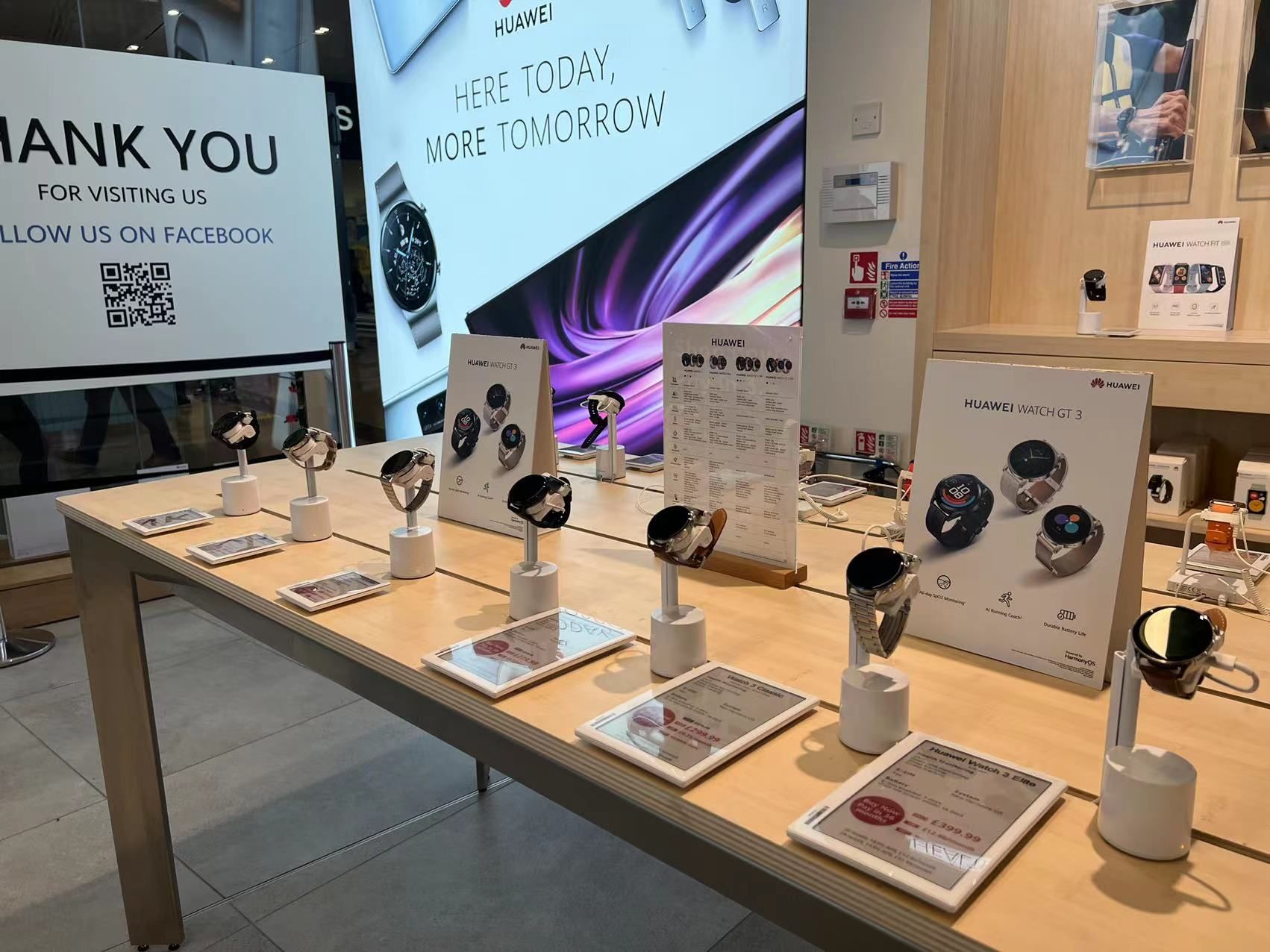
Digital Signage
Interactivity
AI
Conversion Rate
Visual Design

